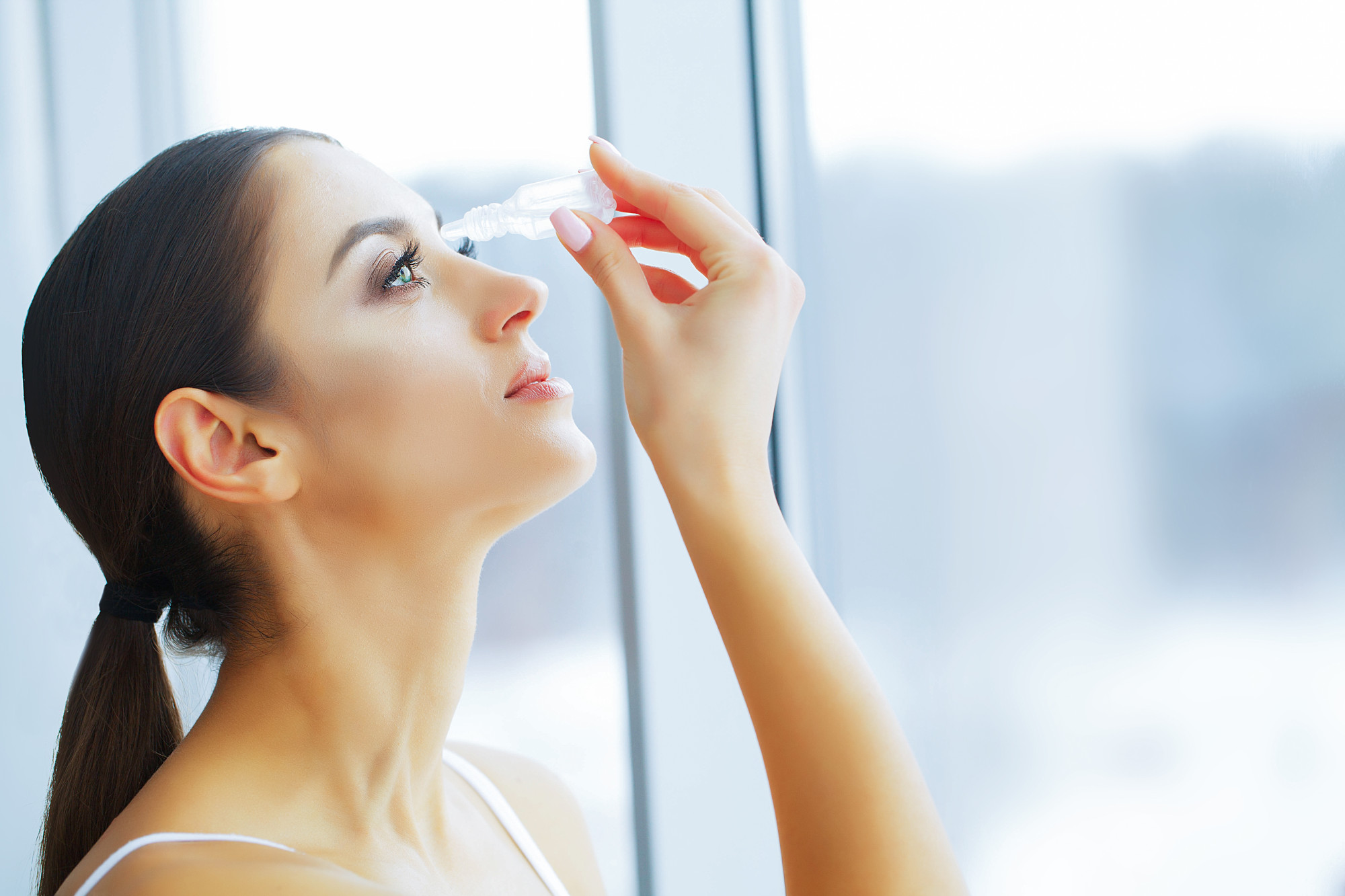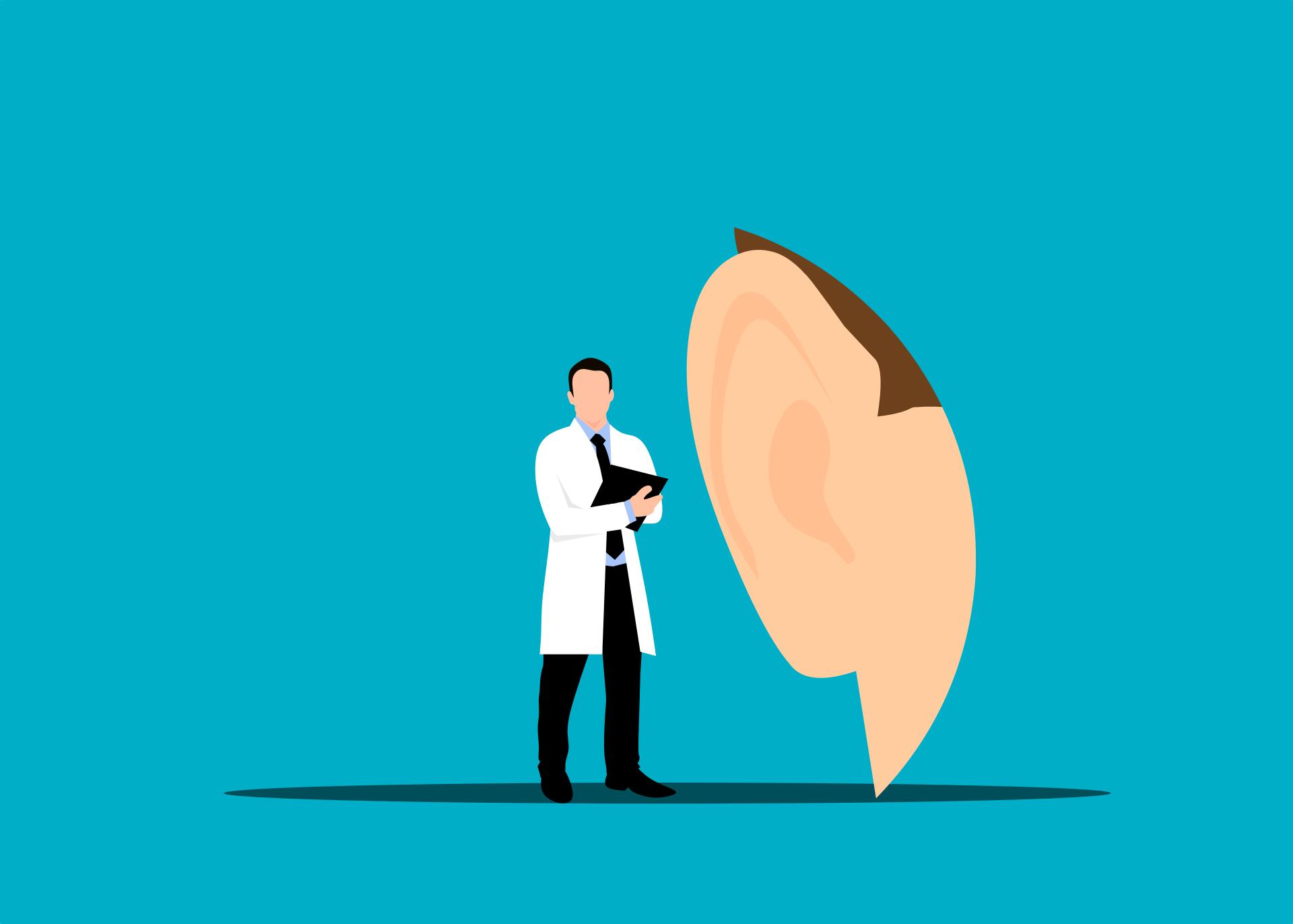
Don’t Confuse Durezol and Durasal

It’s easy to take our eyesight for granted. But vision problems from eye conditions aren’t as rare as you might think. Latest estimates show that as many as 12 million Americans currently suffer from vision problems.
If you have problems with your eyes, it’s essential to get the proper medication as soon as possible. Doing so will help reduce the risks of complications.
One of those medications is called Durezol, but it’s often confused with another brand called Duresal. Here, we’ll explain the difference between Durezol vs. Duresal and why it’s vital not to confuse them.
What Is Durezol?
Broadly, Durezol is a steroid medicine to treat eye conditions. The medical term for Durezol is difluprednate ophthalmic emulsion.
The medicine is topical and comes as an eye drop solution. You may find it’s something prescribed to you by your doctor for a range of eye conditions, including inflammatory issues and allergies.
What Is Durasal?
Durasal, while sharing name similarities with Durezol, is an entirely different type of medicine. Durasal is a topical skin cream that’s used to treat a range of skin conditions.
That includes common complaints like eczema and acne. It also works on warts and corns.
The cream helps reduce inflammation in the affected area. It’s typically applied as a cream, but you can also buy it as a gel or liquid.
Risks of Confusing the Two Medications
As you can see, one medication is an eye drop, and one is a topical skin cream. So you face risks if you confuse the two, which has happened before for some unfortunate patients.
All medications come with side effects. And if you take the wrong medication or dose, you could expose your body to problems as severe as adverse reactions, cardiovascular events, or anaphylaxis.
Always read the label to check the name and dosage; if unsure, consult your doctor.
When searching online, double-check the name you are typing into Google. And always check your order before pressing the submit button.
Eye Conditions and Durezol
So if you have an eye condition, are Durezol drops the proper medication for you? Let’s examine some of the common conditions treated using this medicine.
Always get advice from your medical practitioner when taking medication for symptoms.
Allergies
Many allergies, including pollen, dust, and pet allergies, can irritate the eye. Common symptoms include redness of the eyes and itchiness. Other symptoms include swelling and sensitivity to light.
For some people, eye irritation from allergies can interfere with everyday life, so it’s essential to speak to your doctor for a remedy.
Dry Eye
The most notable symptom of dry eye syndrome is a tear reduction that usually keeps the eyes moist.
Other symptoms might include blurry vision, redness, and itchiness. It’s more common as we age, and pollutants in our environment also act as triggers for this condition.
Non-Infectious Eye Inflammation
With a non-infectious inflammation, your eyes will become red, itchy, and irritated. You may also experience pain in and around the eye area, and occasionally, some sufferers experience blurred vision.
This condition isn’t from a viral or bacterial infection. It’s instead linked to the immune system and autoimmune diseases.
Inflammation of the Uvea
The uvea is the layer in the eye’s middle, which can become inflamed. This condition is also referred to under the medical term uveitis.
You can find your vision impacted by this condition and may also experience redness and pain. The condition can be infectious or non-infectious (immune-related).
Infections Following an Operation
If you have an operation on any part of your body, including your eye, there is always the risk of infection. If you have an infection in the eye, you might experience some pain, irritation, redness, tender spots, and sometimes swelling.
OGVHD
OGVHD stands for Ocular Graft-Versus-Host Disease.
It’s a specific condition sometimes suffered by those who have recently had a bone marrow transplant when they react to the donor’s bone marrow. Symptoms include blurred vision, redness, dry eyes, and irritation.
Neuritis
When the optic nerve becomes inflamed, this is known as neuritis. This is typically an autoimmune condition. It can cause you to experience blurred vision or even color vision differences.
Edema
There are three types of conditions known as edema. One is macular edema, one is diabetic macular edema, and the third is cystoid macular edema.
Edema is a condition where fluid builds in an area of the eye called the macular.
This swelling can impact your vision, with blurring and focus (such as reading). The diabetic condition is the same symptoms but is a specific complication of diabetes.
Cystoid macular edema happens when a fluid build-up forms a cyst on the macular. This type of edema has more severe consequences, including partial vision loss.
Keratitis
The condition of keratitis involves the cornea and inflammation. It can happen due to an autoimmune disease or an infection.
Symptoms of keratitis include redness and eye pain. You may also experience excessively tearful eyes or notable light sensitivity in some circumstances.
Blocked Retina Vein
A retinal vein occlusion occurs when a blood clot blocks a vein in the retina. This severe condition can cause partial sight loss, dark spots in your vision, and blurred vision.
The condition can happen from cardiovascular disease or diabetes. You should consult a doctor if you spot any of these symptoms.
Manage Eye Conditions With Durezol
Don’t ignore any symptoms with your eyes. Early intervention with the proper medication could help relieve symptoms and prevent future complications. Always consult your doctor at the first sign of a new eye symptom.
For information on how to buy Durezol eye drops and other related medications, browse our ear and eye care section for our wide range of products.
Related Posts


